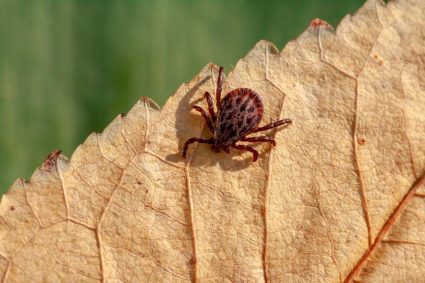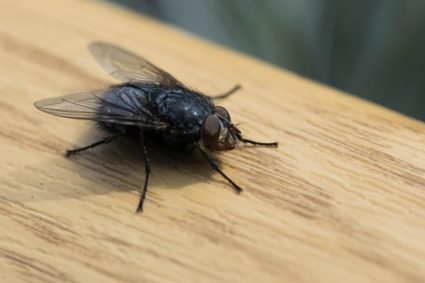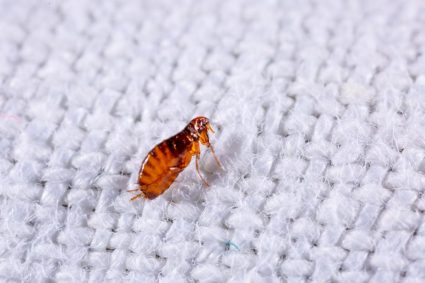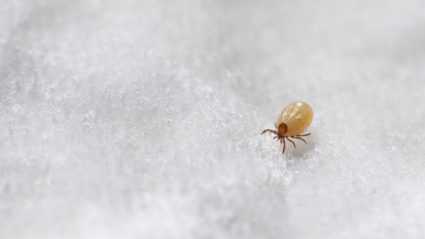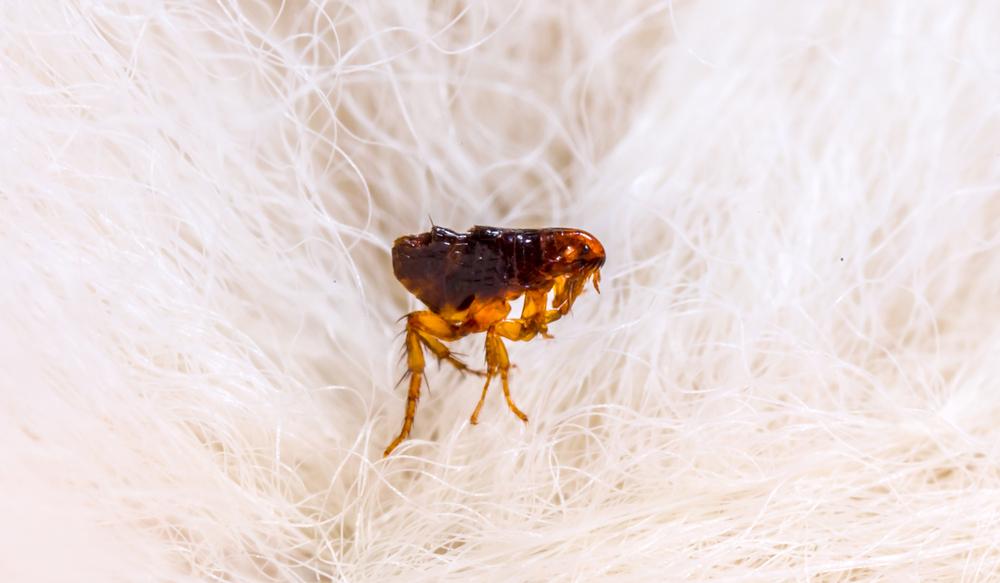
Fleas are a common pest that can cause a great deal of discomfort and potential health issues. But how can you tell if you have human fleas? Here’s everything you need to know about identifying, treating, and preventing human flea infestations.
You can tell if you have human fleas if you notice small, red, itchy bumps often in a straight line or clustered together, typically around the feet, ankles, and lower legs. Other signs may include the presence of fleas in your home or on your body, especially if they match the characteristics of human fleas (Pulex irritans), or if your pets or surroundings are infested. If you suspect you have human fleas, take immediate actions such as treating your pets for fleas, cleaning your home thoroughly, and seeking medical advice for severe symptoms or infections.
Identifying Flea Bites
Flea bites are often the first sign of an infestation. These bites typically appear as small, red bumps, often in a straight line or clustered together. They are usually found around the feet, ankles, and lower legs. The bites can be itchy and irritating, and in some cases, may cause an allergic reaction, such as hives, rash, shortness of breath, and swelling.
Presence of Fleas
Human fleas (Pulex irritans) are about 2.5 mm long and can be distinguished from other flea species by their lack of combs (dark rows of bristles on their heads) and larger eye spots. If you find fleas in your home or on your body, you can try to identify them based on these characteristics.
Infested Pets or Surroundings
Fleas can infest pets, such as dogs and cats, as well as humans. If your pets are infested with fleas, there is a possibility that you may also have human fleas. Additionally, fleas can be found in unsanitary living conditions, such as poorly-maintained apartment buildings or prisons.
Immediate Actions to Take
If you suspect that you have human fleas, it is essential to take action to eliminate the infestation. This may involve treating your pets for fleas, cleaning your home thoroughly, and seeking medical advice for any severe symptoms or infections resulting from flea bites.
Over-The-Counter Treatments
Over-the-counter treatments for human fleas can be effective in providing relief from itching and discomfort caused by flea bites. Some of the best over-the-counter treatments to consider include calamine lotion, hydrocortisone cream, oral or topical antihistamines, and Aloe Vera gel.
When to Seek Medical Attention
It is necessary to seek professional medical attention for human flea bites if you experience severe symptoms, have an allergic reaction, or develop a secondary infection (indicated by discharge of pus from wounds). Additionally, if your symptoms do not improve with home treatment or worsen, it is important to consult a healthcare provider.
Preventing Flea Infestations
To prevent human fleas from infesting your home or body, follow these steps:
- Maintain good hygiene practices, such as regular vacuuming and cleaning of floors, furniture, bedding, and skirting boards.
- Wash your bedding, your pet’s bedding, and throw rugs with soap and water regularly.
- Vacuum carpets, rugs, and cushions on chairs and sofas, and empty the vacuum bag or canister outside when finished.
- Use EPA-registered insect repellents containing DEET, picaridin, IR3535, Oil of Lemon Eucalyptus (OLE), para-menthane-diol (PMD), or 2-undecanone to protect yourself from fleas.
- Wear long-sleeved shirts, long pants, and socks to prevent flea bites, as fleas don’t bite through clothing.
- Treat clothing and gear with products containing 0.5% permethrin.
- Keep pets free of fleas by using pet-safe flea treatments and consulting with a veterinarian for appropriate flea control measures.
- Clean and disinfect pet bedding and the surrounding area thoroughly.
- Use a flea trap made of dish soap and warm water to attract and drown fleas.
- Spray an essential oil mixture containing rosemary, peppermint, eucalyptus, tea tree, and citronella around your home as a natural flea repellent, but avoid using it around cats.
- Treat your pet for tapeworm, as fleas can transmit this parasite through their bite.
- If necessary, call pest control to address a serious infestation.
By following these steps, you can minimize the risk of flea infestations in your home and on your body.
Remember, early detection and action are crucial in preventing flea infestations from becoming a significant problem. So if you suspect you have human fleas, act quickly to protect yourself and your loved ones.
Frequently Asked Questions
How long does it take for flea bites to heal?
Flea bites usually heal within one to two weeks. However, this can vary depending on the individual’s immune response and whether or not they scratch the bites. Scratching can lead to secondary infections, which may prolong the healing process.
Can human fleas transmit diseases?
Yes, human fleas can transmit diseases such as typhus and tapeworms. However, it’s important to note that the risk of disease transmission from fleas is relatively low compared to other pests like ticks and mosquitoes.
How can I tell the difference between flea bites and bed bug bites?
Flea bites are usually located around the ankles and lower legs and are often in a straight line or cluster. Bed bug bites, on the other hand, can appear anywhere on the body and are typically found in a random pattern. Both types of bites can cause itching and discomfort, but flea bites may cause more severe allergic reactions in some individuals.
How often should I treat my pets for fleas?
It’s recommended to treat your pets for fleas every month. However, the frequency may vary depending on the product you use and your veterinarian’s advice. Always consult with a professional to ensure appropriate flea control measures for your pet.
Can I still get fleas if I don’t have pets?
Yes, you can still get fleas even if you don’t have pets. Fleas can be brought into your home on clothing, luggage, or used furniture. They can also infest human dwellings from nearby wildlife or unsanitary conditions. Thus, it’s important to maintain good hygiene practices and take preventive measures to avoid flea infestations.

